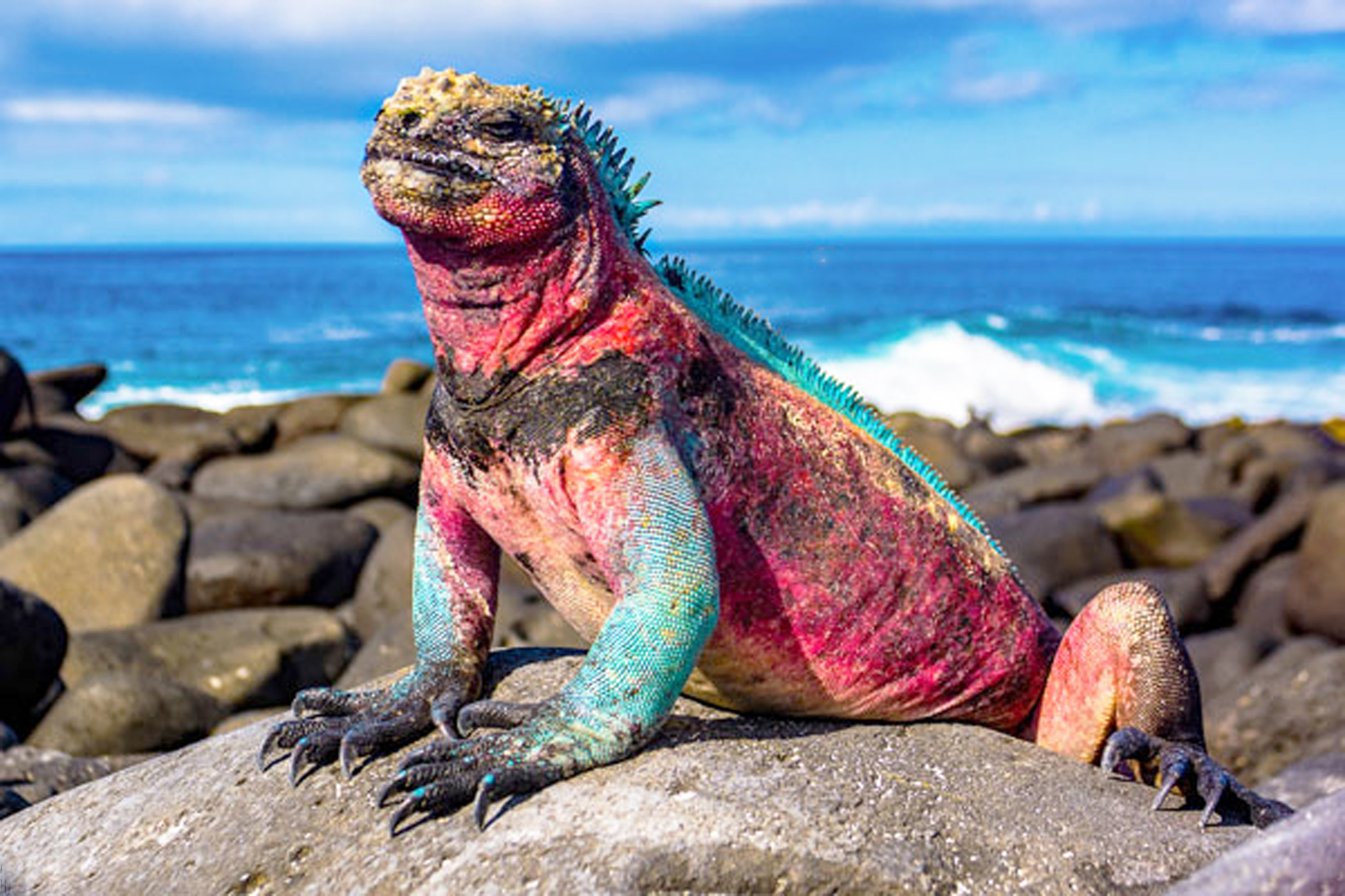In March, a historic ocean agreement was reached by the United Nations, aiming to protect areas beyond national jurisdiction.
Just two months later, Ecuador made a groundbreaking agreement by converting US$1 billion of debt into a “blue bond.”
The bond converts US$1 billion in debt and will provide US$12 million annually for conservation initiatives.
It will also reduce Ecuador’s debt and save the government over US$1 billion.
The funding over 20 years, will be managed by the newly formed Galápagos Life Fund.

While some criticize the fund being based in the United States, it aims to preserve the Galapagos’ unique ecosystem.
The Galapagos Islands are renowned for their ecological significance and inspired Charles Darwin’s theory of evolution.
The Hermandad Marine Protected Area was expanded in 2022 to include an additional 30,000 square kilometers of marine habitat, building upon the existing 138,000-square-kilometer Galápagos Marine Protected Area.
Efforts led by President Guillermo Lasso also established an area that bans longline fishing.
The region serves as a vital migratory corridor for numerous species, but overfishing, illegal techniques, plastic pollution, and climate change pose significant threats.
Community involvement plays a crucial role in protecting the Galapagos.
Alberto Andrade, leader of the Frente Insular de la Reserva Marina de Galápagos, spearheaded efforts after a Chinese vessel was intercepted with protected species.
This led to the creation of the Hermandad Marine Protected Area and raised awareness of the interconnectedness of aquatic spaces.
Electronic monitoring devices will further enhance marine life protection and monitoring.
Effective conservation measures can be implemented by involving local fishermen, scientists, and civil society.
International cooperation is essential in safeguarding the Galapagos and the wider Pacific region.
All countries along the Latin American Pacific coast must collaborate to combat illegal fishing practices, especially those by countries like China.
The Pacific Extratropical Marine Corridor exemplifies successful transnational cooperation in managing shared marine resources.
Continued collaboration is necessary to protect migratory species and manage regional human activities.

